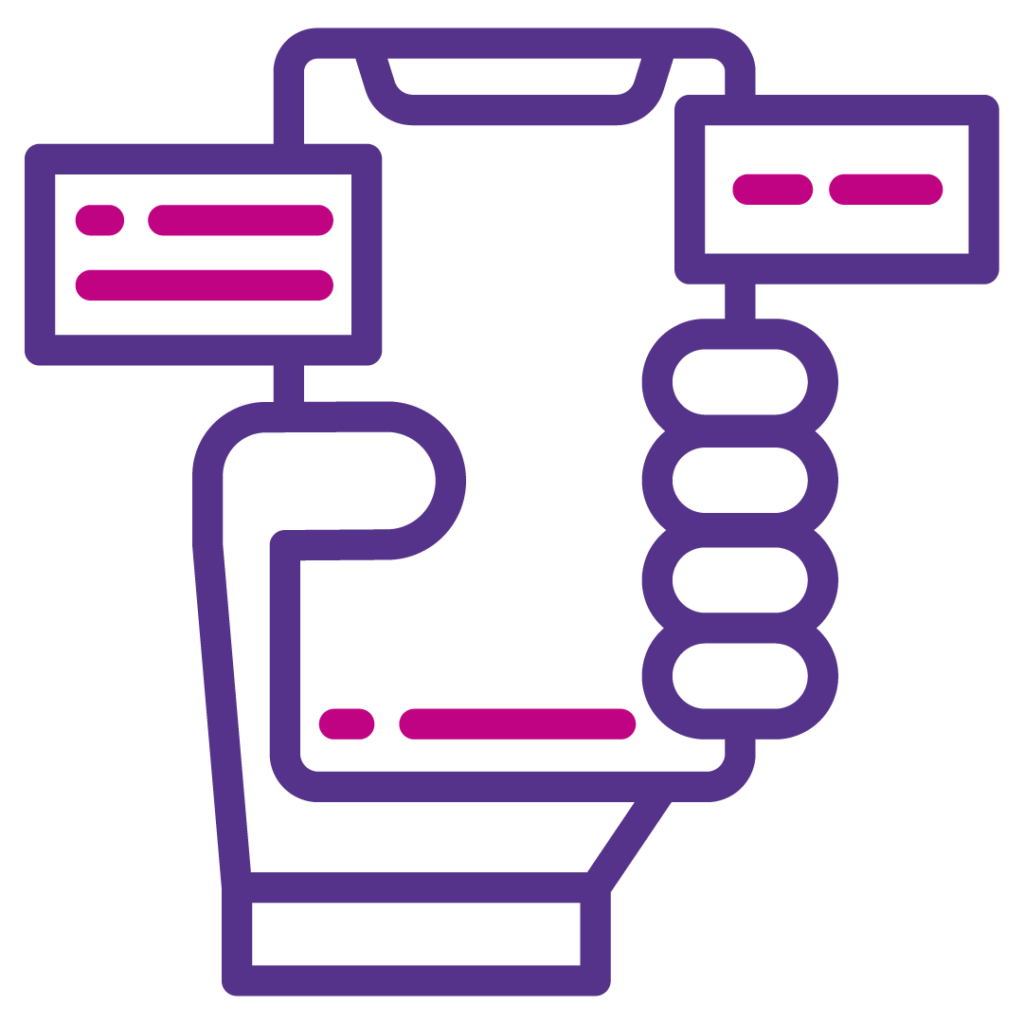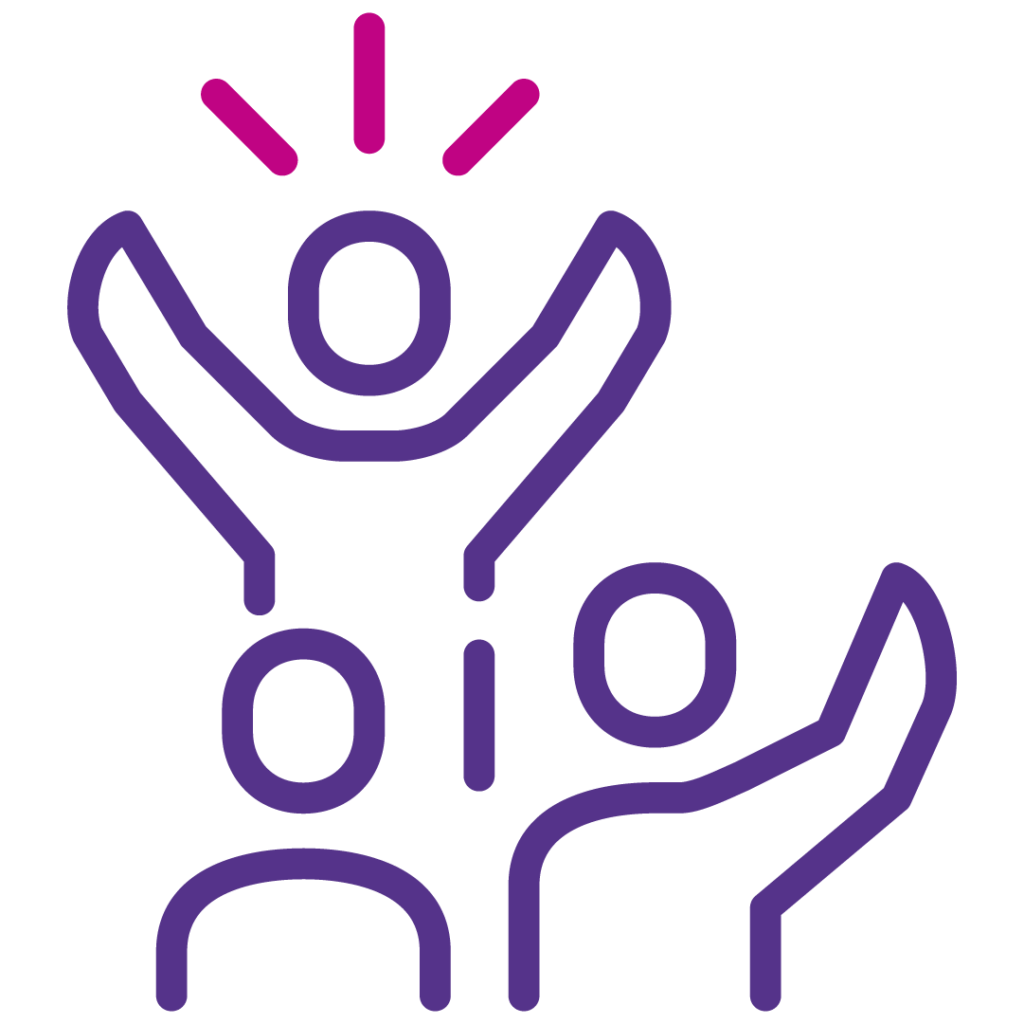Tech-Enabled SDRs: Where Human Expertise Meets Sales Innovation
Estimated reading time: 4 minutes
Let’s be clear: throwing more tools at your SDR team won’t fix a weak pipeline. Automation alone doesn’t create qualified leads. And AI certainly doesn’t build relationships.
So why is everyone so obsessed with sales tech?
Because when used properly – as an extension of human expertise, not a substitute for it – technology becomes a powerful amplifier.
At durhamlane, we believe the real impact lies in human-led, tech-enabled SDRs: skilled people, using smart tools to drive intelligent, meaningful sales conversations.
The evolution of sales development – from manual to intelligent
The SDR function has evolved. Cold calling off a spreadsheet or blasting templated emails simply doesn’t work anymore.
Because buyer behaviour has changed, now most of the buyer’s journey happens before a rep is ever contacted.
To cut through, sales development has to be relevant, well-timed, and insight-led. That’s exactly where tech-enabled SDRs shine – not by doing more, but by doing it smarter.
Sales tech alone doesn’t work
Technology-only outreach leads to robotic messaging, low engagement, and clogged pipelines.
Yes, you might hit your activity targets. But activity without context is just noise.
We’ve seen companies invest heavily in sales tech, expecting an automatic uplift. But tools without the right approach often result in flat performance – or worse, declining trust from buyers.
The right outreach requires a mix of insight, skill, and discipline. Tech can support that – but it can’t replace it.
What a tech-enabled SDR function looks like
A high-performing tech-enabled SDR function doesn’t just plug into platforms. It builds capability – helping people work more efficiently and more effectively with data, insight, and tools.
Here’s how that comes together
| Element | Purpose | Examples |
| CRM & Sales Automation | Streamline process and track outreach | HubSpot, Salesforce, Outreach |
| Data & Intent Platforms | Identify and prioritise likely buyers | ZoomInfo, Cognism, Bombora |
| Engagement Tools | Coordinate multi-channel outreach | Salesloft, Vidyard, Lavender |
| Sales Intelligence | Inform messaging with context and timing | LinkedIn Sales Navigator, Gong.io |
But no tech stack alone builds pipeline. That comes from how these tools are used – with a focus on relevance, credibility, and value.
Empowered SDRs make the difference
A tech-enabled SDR isn’t just faster. They’re sharper. More focused. Better prepared.
At durhamlane, we focus on helping SDRs:

Target with intent: We use enriched data to identify where buying signals are emerging, not just who’s on a list.

Deliver tailored messaging: Outreach is adapted to real-world challenges, not generic personas.
Work across multiple channels: Email, phone, LinkedIn and video are used with rhythm and purpose.
Learn and adapt constantly: We build SDR capability in commercial thinking, not just compliance to process.
Personalisation at scale isn’t just possible – it’s necessary
Generic outreach no longer cuts it. Decision-makers expect tailored communication that reflects an understanding of their world.
Technology helps SDRs personalise faster – but real relevance still requires insight, curiosity, and commercial skill.
How businesses benefit from tech-enabled SDRs
If you’re a sales leader or revenue owner, here’s what you stand to gain:
Speed to Insight:
Automation highlights signals fast – letting SDRs act while interest is high.

Stronger Engagement Rates:
Targeting the right accounts, with relevant messaging, means higher open rates, reply rates, and booked meetings.
ROI From Existing Resources:
Instead of hiring more SDRs to do more outreach, you can enable your current team to work more effectively.
Quality Over Volume:
Sales development becomes about progressing the right opportunities, not just generating noise at the top of the funnel.
The real future of SDR: tools + thinking
As platforms evolve and AI becomes more integrated into sales workflows, the defining factor for success won’t be how many tools you use.
It will be how well your team thinks.
That means asking better questions, prioritising more intelligently, and holding more valuable conversations – powered, but not driven, by tech.
Final thoughts…
You can buy technology. You can buy data. But you can’t buy connection. That’s built through smart conversations, consistent value, and genuine curiosity.
The most successful SDR teams of the future will be the ones that know how to combine smart tools with even smarter people.
Your SDR team is the engine of your pipeline. Getting it right takes structure, leadership, and clarity. Looking to create a team that consistently adds value and drives revenue? Let’s talk.